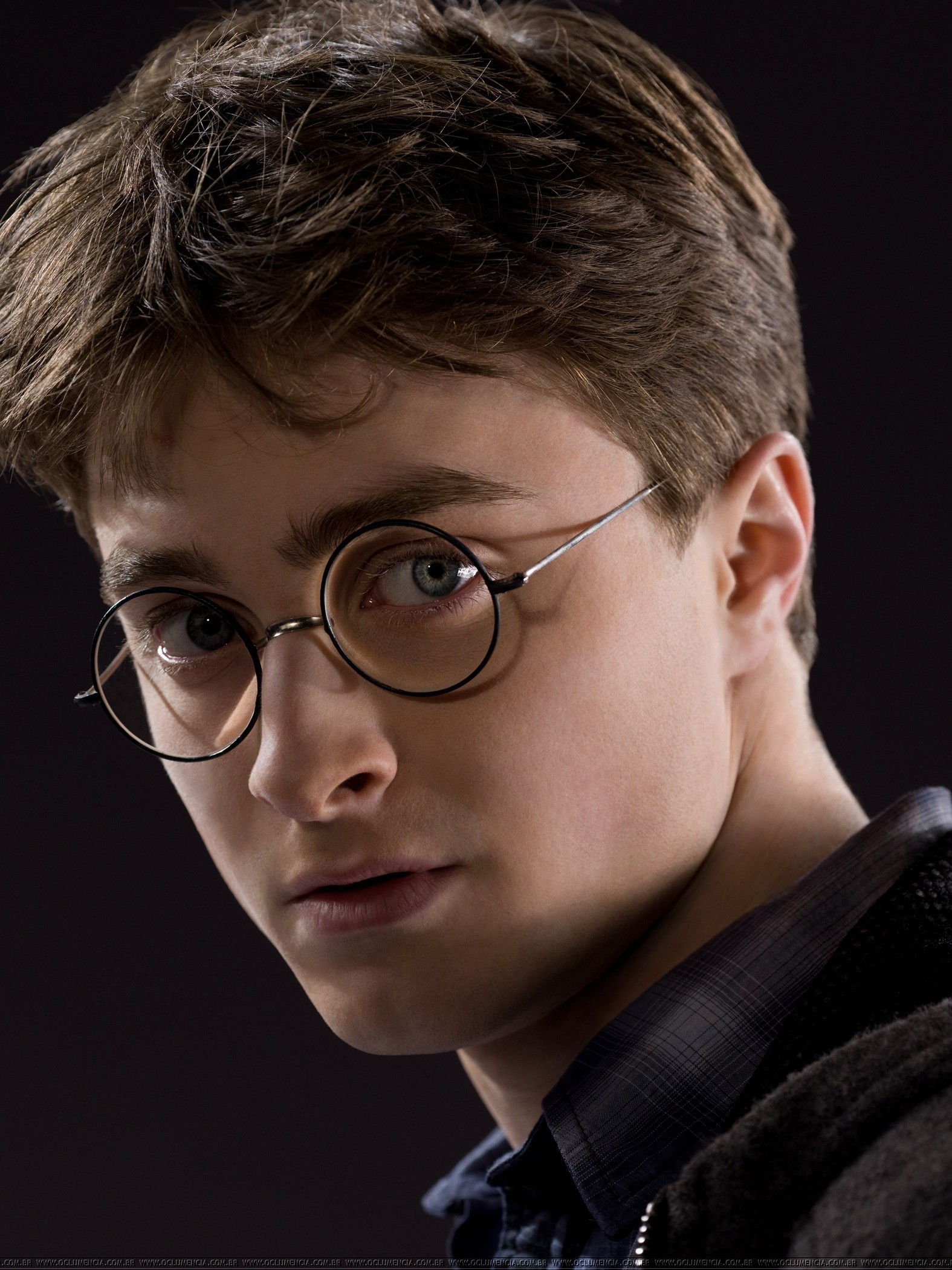Have you ever wondered about the incredible power of the human voice, perhaps like Harry Parmar, who might be curious about how voices alone can create a whole world of sound? It's a fascinating thought, isn't it? When you hear a group sing without any instruments, just their voices blending and bouncing off each other, it can be truly something special. This kind of music, where the human voice does all the work, is a bit of a marvel, you know.
This unique way of making music, it's called A Cappella. The term itself, actually, comes from Italian, meaning "in the chapel," which sort of hints at its very old roots. It's music where there are no instruments at all, just people using their voices to make all the melodies and the rhythms, too. This is quite different, in a way, from the big symphonies of the Renaissance period or the concertos that were so popular during the Baroque era, where instruments played a very central role, you see.
So, whether you are Harry Parmar, just starting to look into this vocal art form, or someone who has loved it for ages, there's always something new to discover. The world of A Cappella is rich with history and, honestly, some pretty cool modern twists. It's a place where pure vocal talent really shines through, and it's something many people find very engaging, indeed.
Table of Contents
- The Journey Begins: Who is Harry Parmar?
- What Exactly is A Cappella?
- Finding Your Voice: Getting Started in A Cappella
- Crafting the Sound: Arranging for A Cappella
- Frequently Asked Questions About A Cappella
The Journey Begins: Who is Harry Parmar?
When we consider someone like Harry Parmar, perhaps someone with a budding interest in music, especially the kind made purely by voices, it's natural to wonder about their path. The information provided to us, however, doesn't actually give specific personal details about Harry Parmar. So, we can't really fill out a traditional biography table for him here. What we can do, though, is think about the journey someone, maybe just like Harry Parmar, might take if they wanted to get involved with A Cappella music.
A lot of people, you know, find themselves drawn to A Cappella after seeing a performance, maybe something like the movie "Pitch Perfect," which really brought this art form to a wider audience. They might feel a strong pull towards this kind of singing, even if they don't have a background in playing instruments or singing in a formal choir. This is quite common, actually. For a regular person, someone who just loves to sing, maybe a "wheat mic" enthusiast, getting started in A Cappella can seem a bit tricky at first, you see.
But the truth is, there are ways for anyone to step into this world. It often starts with just a deep love for vocal harmony and a willingness to learn. It's less about having a formal music education and more about having an ear for sound and, very importantly, a desire to create something wonderful with other voices. So, if Harry Parmar is indeed looking to start his A Cappella journey, it's definitely a path open to many, many people.
What Exactly is A Cappella?
Voices Without Instruments: A Timeless Tradition
A Cappella, as we touched on, is a musical form that completely does away with instruments. It relies solely on human voices to create both the melody and the rhythm. This style is quite distinct, say, from the grand orchestral pieces of the Renaissance or the Baroque era's concertos, which often featured a solo instrument alongside a larger ensemble. In A Cappella, every sound you hear, every beat, every harmony, is produced by a person. It's a testament to the incredible range and versatility of the human voice, really.
This isn't a new idea, not by any means. The term "A Cappella" itself, which translates to "in the chapel," points to its origins. Back in the Middle Ages, particularly in churches, the only music heard was often pure human voice, without any instruments at all. Think of Gregorian chants, for instance. That was, in essence, an early form of A Cappella. So, it's a practice with very deep historical roots, and it's been around for a very long time, you know.
For someone like Harry Parmar, perhaps just learning about this, it's interesting to see how a form of music so old has kept its appeal. It's about the raw, unfiltered beauty of voices working together. This pure vocal approach allows for a very intimate connection between the performers and the audience, and it's something quite special to experience, honestly.
From Sacred Choirs to Modern Pop
While A Cappella started in places like church choirs, it really began to change and grow significantly from the early twentieth century onward. That's when this classical style, which was mostly about "singing harmonies" with just voices, started to mix with other music styles. We saw it blend with pop, jazz, folk, and even rock music. This blending slowly, but surely, turned into what we now call Contemporary A Cappella, which is pretty much what we recognize today.
So, you could say that the classical form of A Cappella, the one with those old roots, gave birth to something new and exciting. Modern A Cappella groups are often called "Vocal Bands" or "Contemporary A Cappella" groups. They take the core idea of voices only and apply it to all sorts of modern songs, which is quite clever, actually. You might find groups singing everything from current chart-toppers to classic rock anthems, all without a single instrument.
There are some great examples of this, too. For instance, the Metro Vocal Group, which is, you know, from Hong Kong, has explored the history of human voices without instruments. Then there are groups like Tension/天炫男孩, a group that was actually brought out by David Tao. They might not have been super famous, perhaps due to less promotion, but their songs like "Our Story" and "Amazing Grace" are really quite wonderful. A Cappella De Yukou is another one that's very pleasant to listen to, really.
It's interesting to consider how BeatBox fits into this, too. Some might think A Cappella is just like a few people doing what one person does with a KP3 machine, but with voices. However, A Cappella, you know, can actually be seen as having no direct connection to BeatBox at all. That's because church choirs were doing A Cappella long before BeatBox even came into being. BeatBox is a modern addition, a way to create rhythmic sounds with the mouth, which has been embraced by many modern A Cappella groups, but it's not where A Cappella started, not at all.
Finding Your Voice: Getting Started in A Cappella
Beyond the Stage: Learning the Ropes
If you're someone like Harry Parmar, perhaps a casual singer, a "wheat mic" enthusiast, who watched something like "Pitch Perfect 2" and just fell in love with A Cappella, you might be wondering how to get started. It can seem a bit intimidating at first, honestly. Many of the people involved in A Cappella seem to have backgrounds in instruments or have been part of formal choirs. But that doesn't mean it's out of reach for someone who just enjoys singing, not at all.
The key steps for a regular person, someone who doesn't have a formal music background, typically involve a few things. First, it's about listening, really listening, to A Cappella music to get a feel for the harmonies and rhythms. Then, it's about finding opportunities to sing with others. This could mean joining a community group, a school club, or even just gathering some friends who also love to sing. The goal is to build your ear and your vocal control, which are skills anyone can develop, you know.
It's also about understanding the different parts that make up an A Cappella arrangement. There's the melody, of course, but then there are the harmonies, the bass line, and the vocal percussion (or BeatBox). Each part is equally important, and learning to listen to and blend with others is a huge part of the fun. So, it's less about being a virtuoso and more about being a good team player with your voice, which is quite rewarding, actually.
The Power of Dry Vocals and Resources
For those looking to practice or even create their own A Cappella arrangements, having access to "dry vocals" or "acapellas" is incredibly helpful. These are basically recordings of just the isolated vocal tracks from a song, without any instruments. It's a bit like having the blueprint for the vocal parts, which is very useful for learning. You can hear each individual voice clearly, which really helps with understanding how the harmonies are built, you see.
My own collection, for instance, has a lot of foreign dry vocals, and many of these are lossless studio versions that have been released. This is rather convenient. In contrast, for domestic music, you often have to extract the dry vocals yourself, as it's quite rare for record companies to release them alongside the main track. However, there is a very useful resource for Chinese dry vocals called "I Love REMIX Dry Voice Network," which is a dedicated platform for this. It's a great place to find tracks for practice or remixing, honestly.
These resources are vital for anyone, perhaps Harry Parmar included, who wants to delve deeper into the technical side of A Cappella. They allow you to break down complex arrangements, practice individual parts, and even experiment with creating your own vocal arrangements. It's a fantastic way to learn by doing, and it opens up a lot of creative possibilities, too.
Crafting the Sound: Arranging for A Cappella
Understanding Each Unique Voice
When it comes to arranging music for an A Cappella group, it's a very particular skill, you know. As a male baritone who has sung A Cappella for five years without much arranging experience, I can tell you it's a bit of a challenge. One of the most important things a group does when adapting a song is to really get to know each singer's voice. This means understanding their unique vocal color, their timbre, and also their vocal range. It's not just about hitting the notes; it's about how each voice sounds and what it can do, which is pretty important.
For example, if you have a singer with a very bright, clear voice, they might be perfect for the lead melody. Someone with a rich, deep voice would be excellent for the bass line, providing that solid foundation. Knowing these individual characteristics allows the arranger to assign parts that truly highlight each person's strengths. This makes the overall sound of the group much richer and more interesting, really. It's like painting with different shades of vocal color, you see.
This attention to individual voices is what makes A Cappella arrangements so personal and often so powerful. It's not just about writing notes on a page; it's about writing notes that fit the specific people who will be singing them. This collaborative and very human approach is a core part of what makes A Cappella so appealing to many, including, one might imagine, someone like Harry Parmar who appreciates vocal artistry.
Modern Vocal Bands: A New Era
We often call modern A Cappella groups "Vocal Bands" or "Contemporary A Cappella." This name change, in a way, reflects how much the form has grown beyond its classical choir origins. While there are still classical A Cappella choral works, many popular musicians started to pay attention to this unique form, especially during the 1980s and 1990s. Its use in musical theater began to really capture people's interest, which was a big step, honestly.
These modern vocal bands often try to recreate the sound of a full band using only their voices. This means vocalists might imitate drums, bass guitars, electric guitars, and even synthesizers. It requires a lot of creativity and vocal control, and it's quite impressive to hear. Groups like Pentatonix, for example, have really pushed the boundaries of what's possible with just voices, bringing A Cappella to a massive global audience, which is very cool.
The evolution of A Cappella shows its adaptability and lasting appeal. From its humble beginnings in chapels, singing Gregorian chants, to the complex, multi-layered arrangements of today's vocal bands, it has always been about the pure power of the human voice. It's a continuous journey of innovation, and it continues to captivate listeners around the world, making it a truly timeless art form, you know.
Frequently Asked Questions About A Cappella
For someone like Harry Parmar, or anyone just getting familiar with this vocal art, some questions might pop up. Here are a few common ones:



